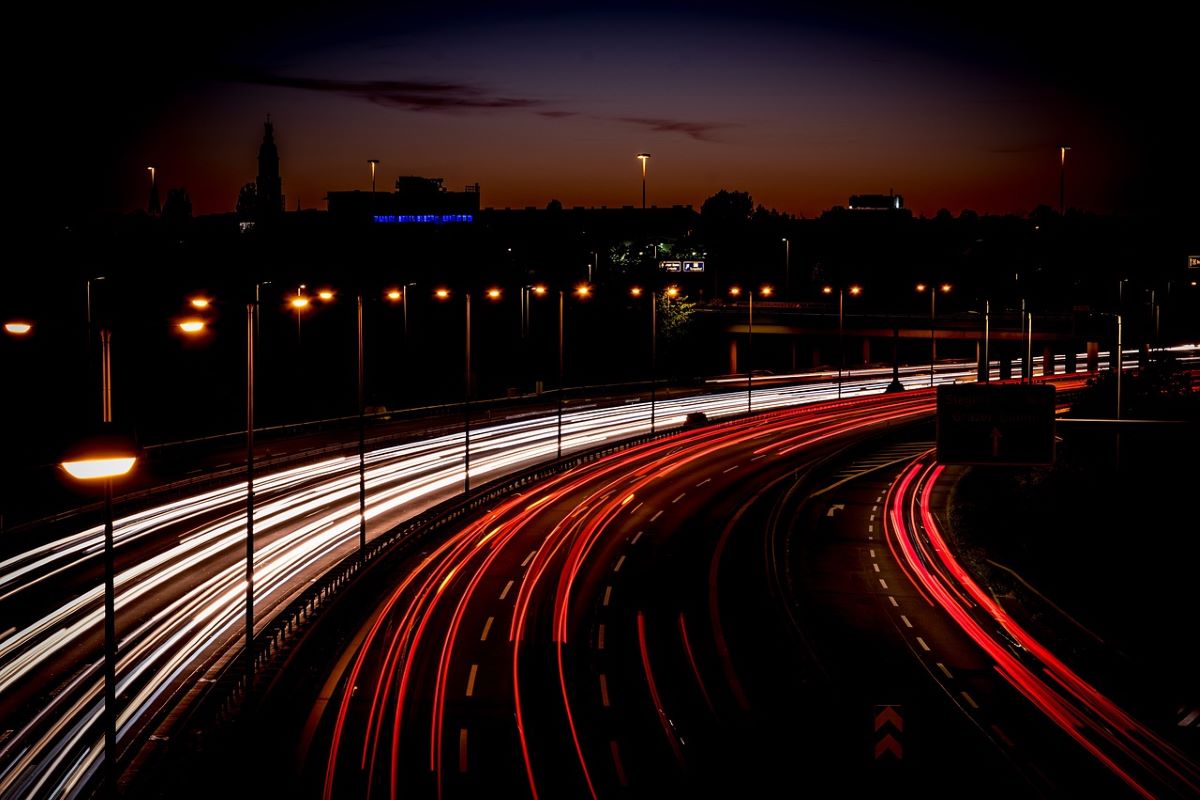
The world is becoming increasingly urbanised, and as a result, traffic congestion has become a major problem in many cities. Smart traffic strategies are essential for managing traffic flow and minimising congestion. There are many different approaches to traffic management, including the use of traffic management signage and traffic control services.
Traffic management signage is an important tool for regulating traffic flow. These signs are designed to inform drivers of important information, such as speed limits, lane closures, and upcoming intersections. They can also be used to indicate detours and alternate routes in the event of an accident or other traffic disruption. Traffic management signage is typically placed along roads and highways and can be either permanent or temporary.

One of the key benefits of traffic management signage is that it helps to reduce accidents and improve road safety. By providing drivers with clear and concise information, they are better able to anticipate road conditions and avoid potential hazards. Additionally, traffic management signage can help improve traffic flow efficiency. By providing drivers with information about upcoming lane closures and detours, they can make better decisions about which route to take, thus reducing congestion and delays.
Another important element of smart traffic strategies is traffic control services. These services are typically provided by trained professionals responsible for managing traffic flow in real-time. They may use various tools and techniques, such as traffic cones, barriers, and flagging, to direct traffic and ensure that drivers follow the rules of the road.
Traffic control services are particularly important in situations where there is a high volume of traffic, such as at major intersections or during rush hour. They can help to prevent accidents and reduce congestion by directing traffic in an efficient and orderly manner. Additionally, traffic control services can be used to manage traffic flow during special events, such as parades or festivals.
One of the most promising trends in smart traffic strategies is the use of technology to improve traffic flow. For example, many cities are now using smart traffic lights that can automatically adjust their timing based on traffic volume. These lights use sensors to detect the number of cars on the road and adjust their timing to ensure traffic flows smoothly.
In addition to smart traffic lights, there are also a number of other technologies that can be used to manage traffic flow. For example, some cities are using GPS tracking to monitor the location of buses and other public transportation vehicles in real time. This information can then be used to adjust traffic signals to ensure that these vehicles are given priority, thus reducing congestion and improving efficiency.
Another technology that is being used in some cities is intelligent transportation systems (ITS). These systems use a combination of sensors, cameras, and data analytics to monitor traffic flow and make real-time adjustments to traffic signals and other infrastructure. By using data to make smarter decisions about traffic management, ITS can help to reduce congestion and improve safety.
While there are many different approaches to smart traffic management, there are some key principles that should guide any strategy. First and foremost, it is important to prioritise safety and minimise the risk of accidents. This means providing drivers with clear and concise information about road conditions and traffic flow, as well as taking steps to manage traffic in real time.
Second, smart traffic strategies should prioritise efficiency and minimise congestion. This means using technology to monitor traffic flow and make real-time adjustments to traffic signals and other infrastructure. It also means using traffic control services to manage traffic flow in high-volume areas.
Finally, smart traffic strategies should prioritise sustainability and minimise the environmental impact of transportation. This means encouraging the use of public transportation, promoting active transportation options such as cycling and walking, and implementing green infrastructure such as bike lanes and greenways.
To sum up, smart traffic strategies play a vital role in managing traffic congestion in urban areas. Utilising traffic management signage, traffic control services, and technology-based solutions can improve road safety, reduce delays, and minimise the environmental impact of transportation. However, the success of any smart traffic strategy depends on prioritising safety, efficiency, and sustainability and implementing a well-planned and comprehensive approach to traffic management. By implementing these strategies, cities can create a safer and more efficient transportation system that benefits everyone.






